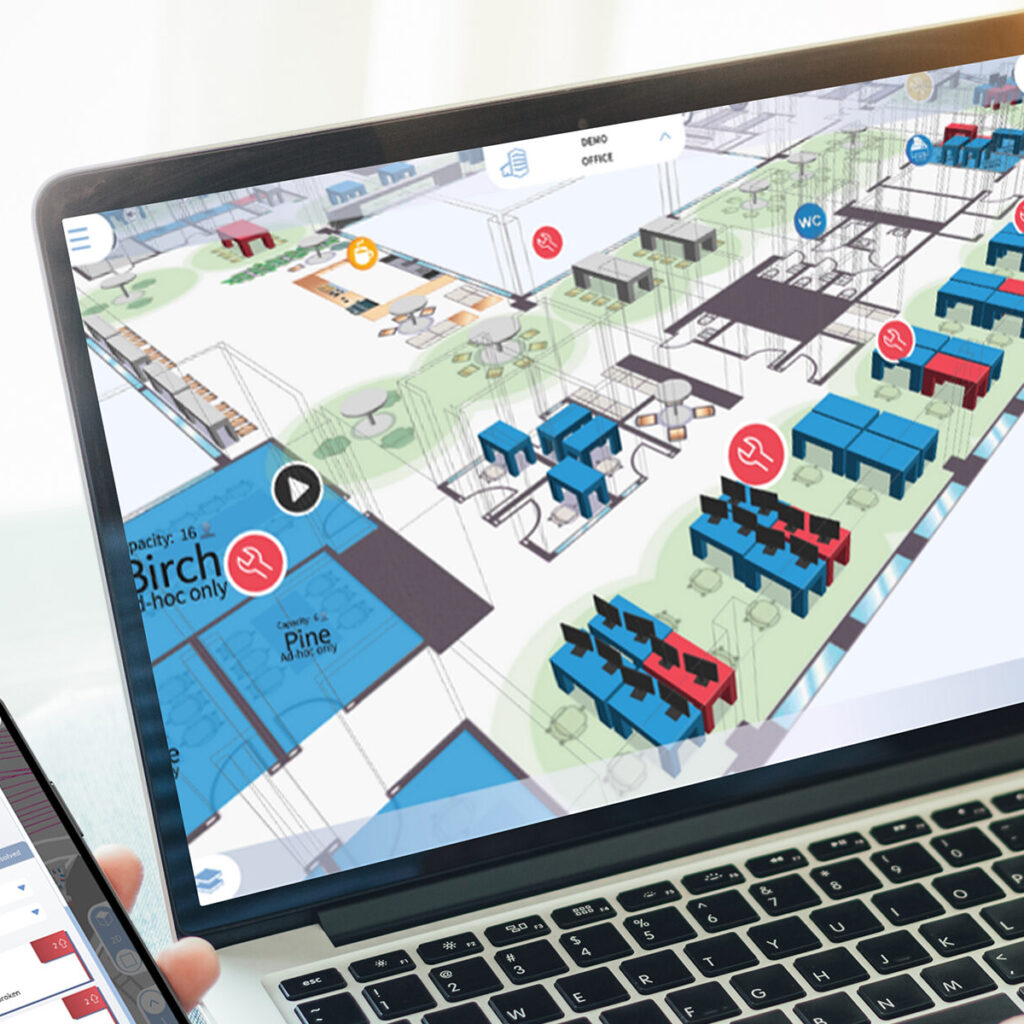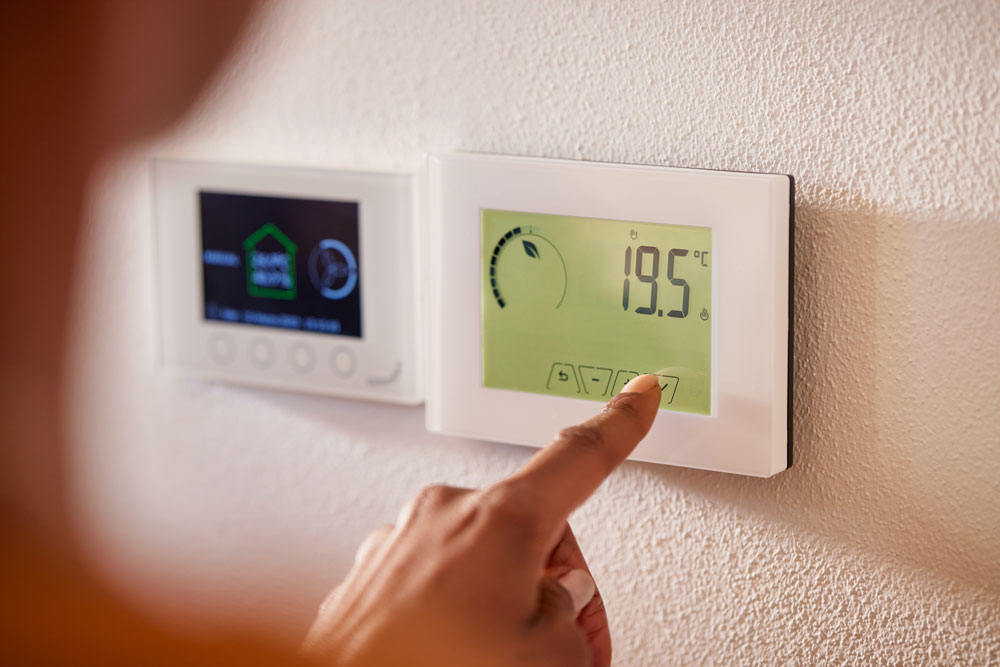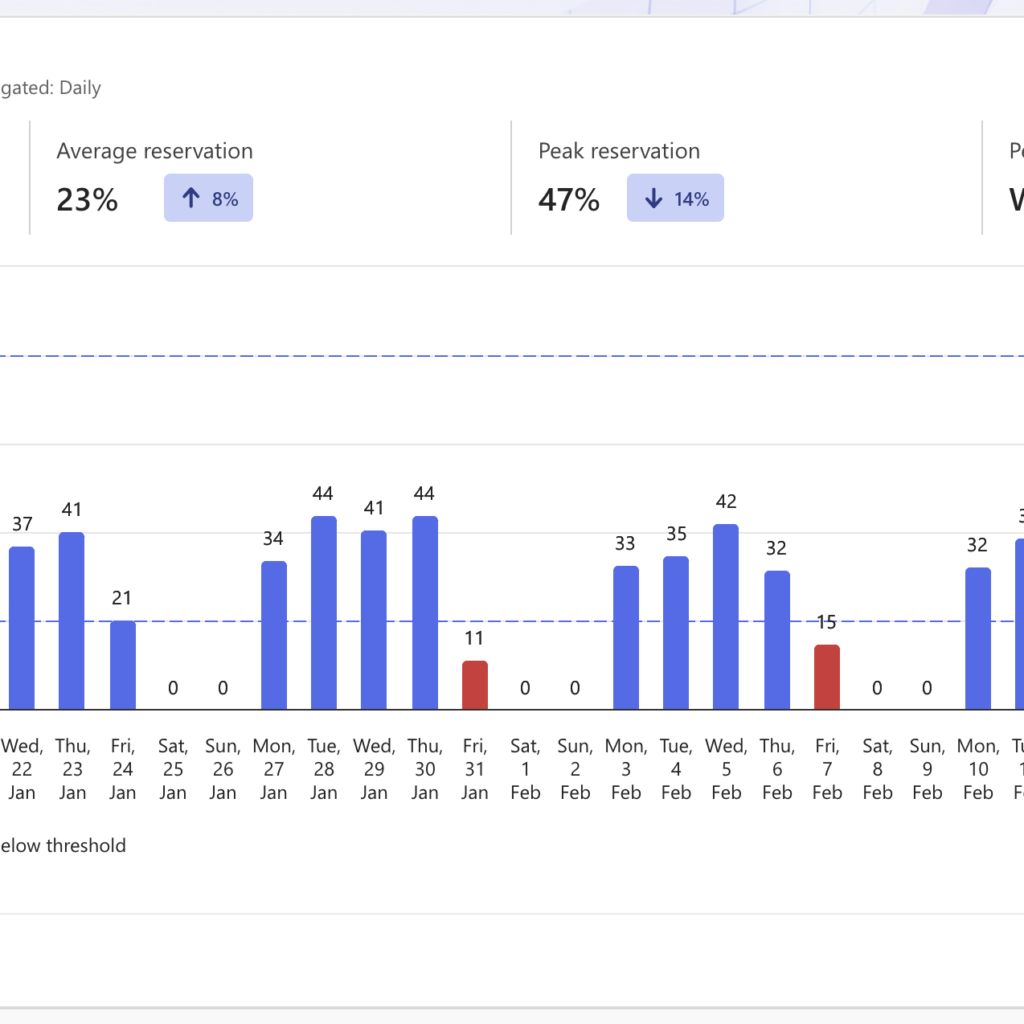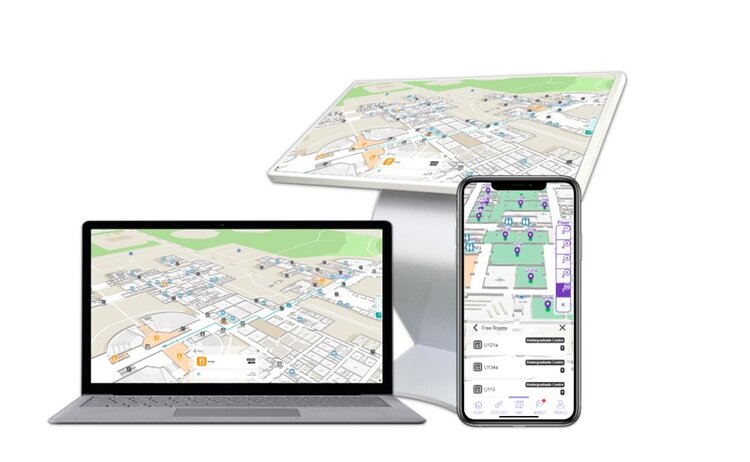
Improve Space Utilization
Occupancy Management and Occupancy Monitoring
How to get the most out of your spaces? Learn how to improve space utilization and maxime efficiency in offices and other commercial real-estate.
Occupancy Management and Monitoring: Maximizing Efficiency in Your Office Space
In today’s commercial real estate environment, effective space management is key to reducing costs and increasing productivity. Occupancy management and occupancy monitoring solutions help businesses optimize the use of their office spaces, ensuring every square foot contributes to the company’s success.
Whether you’re managing a large corporate office, monitoring hospital rooms, or keeping tabs on loading docks and parking lots, occupancy management provides real-time data and insights that empower better decision-making.

Why Occupancy Management Matters for Businesses
Occupancy management is more than just tracking how many people are in your building at any given time. It involves monitoring space utilization, improving energy efficiency, and ensuring that employees have the right workspaces to maximize their productivity. By effectively managing occupancy, businesses can:
Comply with Safety Regulations: Track occupancy to ensure spaces aren’t overcrowded and follow safety guidelines.
Reduce Costs: Optimize space usage and avoid paying for unnecessary office space.
Enhance Productivity: Ensure employees are in the right spaces for collaboration and focus.
Improve Space Allocation: Allocate rooms, desks, and meeting spaces more efficiently.
Support Employee Well-being: Create flexible spaces that adjust to your workforce’s changing needs.
The Benefits of Occupancy Management for Office Spaces
For businesses in commercial real estate, the need to efficiently manage office space is more crucial than ever. Occupancy management systems offer several benefits that help businesses stay agile and competitive:

Optimize Space Utilization
Knowing how much of your office is being used—and how it’s being used—helps businesses optimize layouts.
By identifying underutilized areas, companies can transform unused spaces into productive zones or downsize when necessary.

Real-time Occupancy Data
Occupancy monitoring systems offer real-time data, allowing office managers to adjust layouts and seating arrangements based on immediate needs.
Whether it’s improving meeting room availability or adding more flexible workspaces, data-driven decisions lead to better outcomes.

Energy Efficiency
Efficiently managing your office space often leads to reduced energy costs.
By monitoring which areas are occupied and adjusting heating, cooling, and lighting systems accordingly, businesses can reduce their environmental footprint and save on utility costs.

Improved Employee Satisfaction
When office spaces are used efficiently, employees enjoy a better work experience.
Occupancy management ensures that common areas, meeting rooms, and collaborative spaces are available when needed. This contributes to a more productive and engaged workforce.
Occupancy Management in Commercial Real Estate
For commercial real estate professionals, managing office space occupancy is critical to attracting and retaining tenants. Occupancy management provides valuable insights into how tenants are using their spaces, offering opportunities to improve tenant satisfaction and negotiate better lease terms.
Occupancy Monitoring Across Different Spaces
Occupancy management extends beyond traditional office spaces. Here’s how it works across a variety of settings:

Managing Office Occupancy
Monitoring occupancy in office spaces allows property managers to understand traffic patterns, optimize layouts, and improve building services like cleaning and security. Occupancy data helps you identify which floors or sections of a building are in high demand, allowing for strategic planning. Well-designed office space also helps you enhance your workplace experience.

Hospital Rooms
EIn healthcare, managing the occupancy of hospital rooms is essential for providing optimal patient care. Real-time occupancy monitoring ensures that rooms are available when needed and helps hospitals manage patient flow more efficiently..

Parking Lot Spaces
Effective parking management can be a challenge for large office buildings, hospitals, and commercial spaces. Occupancy monitoring systems track the availability of parking spaces, allowing for better planning and ensuring that visitors and employees can find parking easily.
Here’s how to do it
How to Implement an Occupancy Management System
Implementing an occupancy management system can seem overwhelming, but the process is straightforward with the right tools and expertise. Here are the basic steps:
- Assess Your Needs: Begin by evaluating your current space usage and identifying areas where occupancy monitoring could provide value.
- Choose the Right Tools: Depending on your space, you may need occupancy sensors, software, or an integrated system that provides real-time data and analytics.
- Install and Monitor: Work with professionals to install occupancy sensors and start collecting occupancy data.
- Visualize and Analyze the Data: Once your system is in place, get your data and start making informed decisions about space planning and resource allocation. A building digital twin can be a great tool for this.
- Adjust and Optimize: Continually monitor occupancy levels and adjust your strategy as needed to maximize efficiency.
Start Improving Your Space with Occupancy Management Today
Whether you manage office spaces, hospital rooms, or loading docks, occupancy management and monitoring can revolutionize how you use space. By tracking occupancy levels and analyzing usage patterns, you can reduce costs, improve productivity, and create a more efficient work environment.
If you’re ready to start optimizing your space, get in touch with our team today to learn more about our occupancy management solutions.

Talk to an expert
More about occupancy management

Article
Haltian IoT integrated with Microsoft Places

Article
Occupancy data for the masses

Customer highlight


